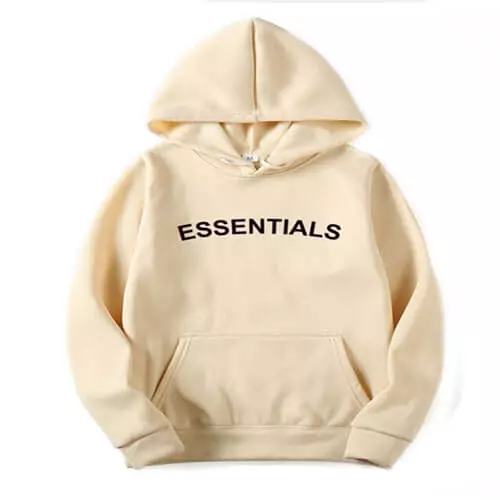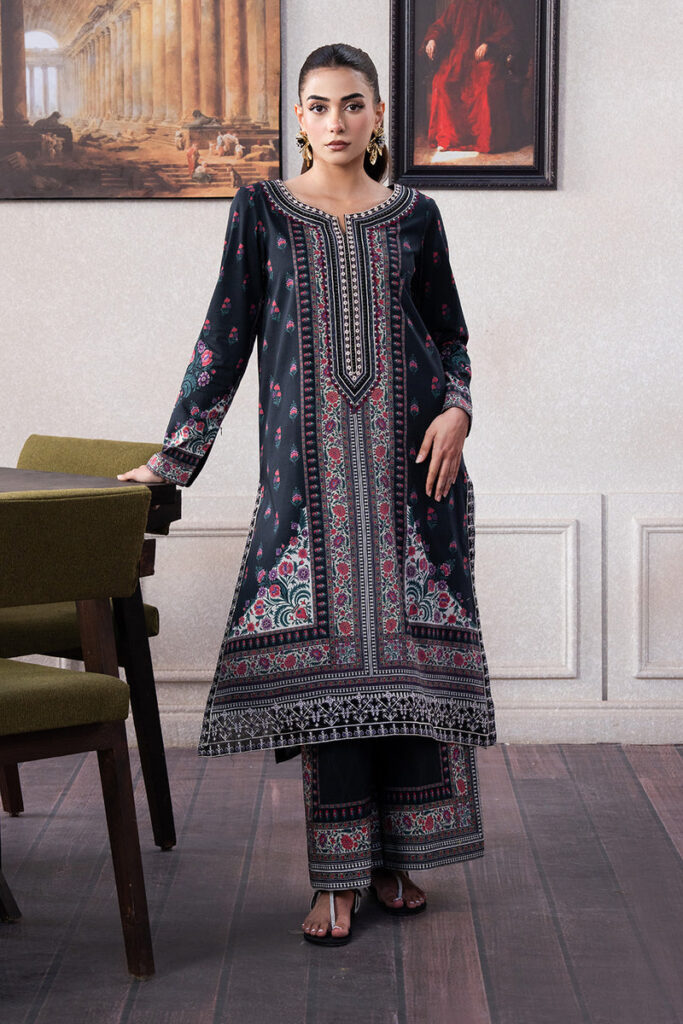Fashion is an ever-evolving industry, but in recent years, it has confronted profound transformations. The concepts of sustainability, functionality, and inclusivity have taken center stage, driving a shift in how consumers and designers approach clothing. As we look to the Essential Clothing future of fashion, “essential clothing” emerges as a focal point for these transformations. This essay explores what essential clothing entails, the driving forces behind its rise in popularity, and the implications for the future of the fashion industry.
Understanding Essential Clothing
Essential clothing refers to a curated selection of garments that are versatile, timeless, and functional. Unlike fast fashion, which emphasizes fleeting trends, essential clothing is characterized by its durability and adaptability. These garments are designed to be worn throughout multiple seasons, allowing consumers to build a wardrobe that is both stylish and practical. Essential clothing typically includes classic items like tailored pants, white shirts, blazers, quality denim, and minimalist dresses. These pieces can be mixed and matched, enabling countless outfit combinations with fewer items.
The rise of essential clothing is rooted in the desire for simplicity and practicality amid the chaos of modern life. Consumers are increasingly prioritizing quality over quantity, seeking designs that offer longevity rather than disposable fashion. As total consumption becomes more scrutinized, essential clothing stands out as a sustainable choice that makes sense for both the planet and the consumer.
Sustainability and Ethical Fashion
One of the most significant drivers of essential clothing is the growing demand for sustainability in fashion. The industry has faced mounting criticism for its environmental impact, with reports indicating that fashion accounts for approximately 10% of global carbon emissions and is a major contributor to water pollution and waste. Frustrated by the industry’s practices, consumers are becoming more conscious shoppers, opting for brands that prioritize eco-friendly materials, ethical labor practices, and sustainable production processes.
Essential clothing typically emphasizes sustainable materials, such as organic cotton, Tencel, and recycled fibers. Brands that produce essential pieces often strive to minimize waste through smarter designs and production techniques, such as zero-waste pattern making and on-demand manufacturing. This approach not only reduces environmental impact but also appeals to consumers looking for investment pieces they can wear for years rather than months.
Furthermore, the trend toward essential clothing aligns with the growing popularity of the circular economy. Many brands now focus on creating garments that are not only durable but also easily recyclable or biodegradable. This shift encourages consumers to buy less, wear more, and ultimately take better care of their clothing, contributing to a more sustainable fashion ecosystem.
Functionality and Versatility
In addition to sustainability, functionality is another cornerstone of essential clothing. Modern consumers are looking for clothes that adapt to their busy lifestyles — clothing that is as comfortable in a professional setting as it is for casual outings. The allure of essential items lies in their flexibility; they can be styled in myriad ways to suit different occasions, making them a practical choice for anyone looking to streamline their wardrobe.
Brands are responding to this demand by focusing on design elements that enhance the functionality of essential clothing. Features such as wrinkle-resistant fabrics, stretchy materials, and moisture-wicking technologies are becoming increasingly common. These practical innovations allow consumers to invest in pieces that serve multiple purposes, reducing the need for excessive purchases while maintaining style.
Moreover, the COVID-19 pandemic has accelerated this trend, as remote work and lockdowns redefined our wardrobe needs. In this context, the essential clothing model offers solutions that marry comfort and style, providing consumers with garments that transition seamlessly from home to office to social settings.
Inclusivity and Body Positivity
Another vital aspect of the future of fashion lies in inclusivity and body positivity, two principles that are integral to the concept of essential clothing. As awareness grows regarding the diversity of body types, skin tones, and personal styles, an increasing number of brands are embracing a more inclusive approach to fashion.
Essential clothing lines often feature designs that cater to a range of sizes and shapes, promoting the idea that everyone deserves access to stylish, well-fitting garments. Brands like Universal Standard and Aerie exemplify this inclusive ethos by offering extended size ranges and celebrating diverse body types in their marketing campaigns. This focus on inclusivity is essential in fostering a culture where individuals feel confident and empowered in what they wear.
In pursuing these ideals, the fashion industry is slowly dismantling the standardized beauty norms historically upheld in advertising. As a result, customers can shop for essential clothing that not only fits well but resonates with their identities, fostering a sense of community and belonging.
Technology and Innovation
As we look ahead, technology will play an increasingly vital role in redefining essential clothing and the overall fashion landscape. Innovations in textile manufacturing, 3D printing, and digital fitting solutions are changing how clothes are made and sold. Many brands are starting to leverage artificial intelligence (AI) and machine learning to understand consumer preferences better, leading to more personalized shopping experiences.
Another exciting development is the rise of virtual and augmented reality, which allows customers to “try on” clothes digitally before making a purchase. This kind of innovation can drastically reduce return rates and increase customer satisfaction, further aligning with the principles of sustainable fashion by minimizing waste.
Additionally, blockchain technology is emerging as a solution to promote transparency in the supply chain. Consumers are increasingly interested in knowing where their Essentials Hoodie comes from, how it was made, and whether it was ethically produced. By implementing blockchain, brands can provide verified information about their sourcing and production, enhancing consumer trust and accountability.
Conclusion
In summary, the future of fashion seems firmly rooted in the principles of essential clothing. By prioritizing sustainability, functionality, inclusivity, and technological innovation, fashion brands can adapt to the changing needs and desires of consumers. As the industry embraces a more responsible approach to design and production, essential clothing serves as a model for a more ethical and sustainable future.
As we move forward, consumers can expect to see a greater emphasis on quality and purpose in their wardrobes. Essential clothing is not just a trend; it’s a paradigm shift that reflects our collective desire to build a more thoughtful, conscious, and stylish world. By championing these ideals, we can redefine what it means to be fashionable in a way that honors both individual expression and our shared responsibility to the planet.









